Researchers say they’ve found the answer to competing hypotheses about how the brain functions in a “flow state.”
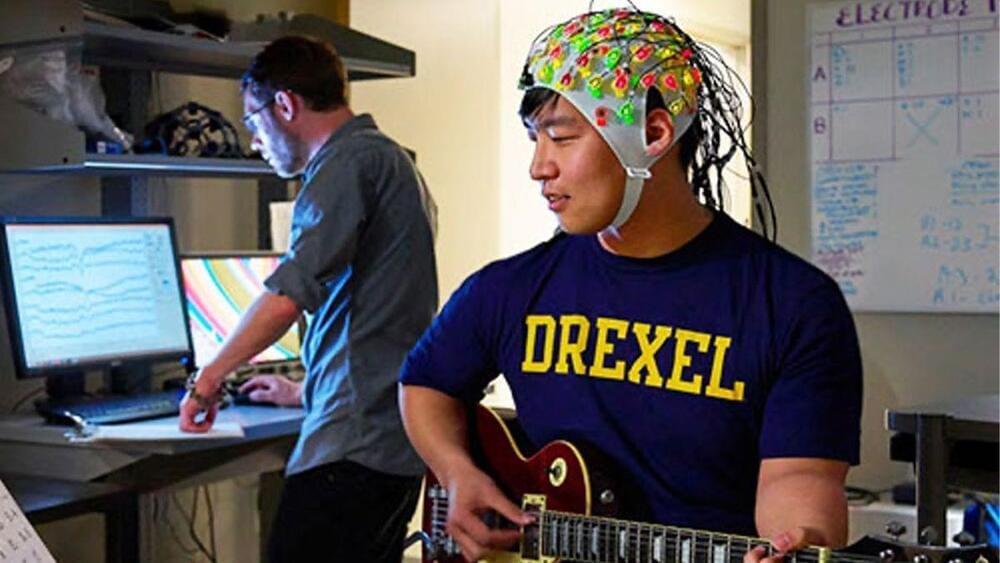

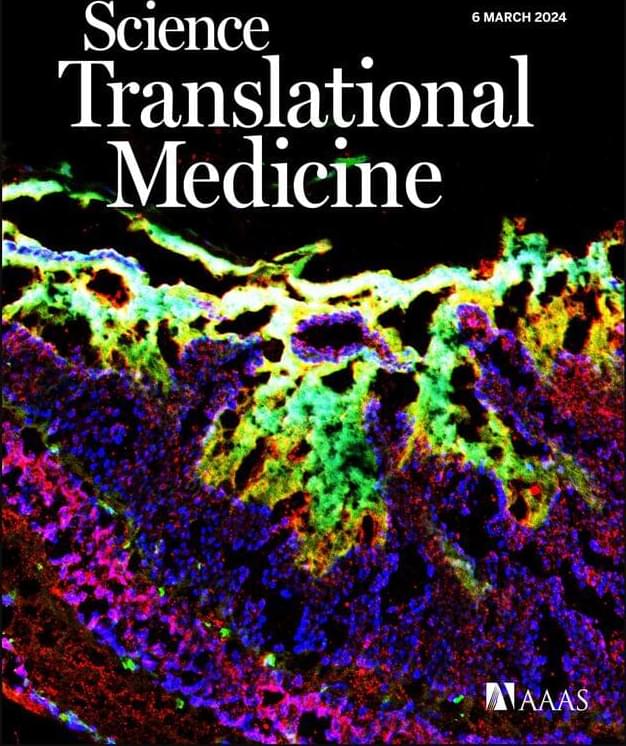
There is a new AI tool so smart that it can write code, create websites, and software with just a single prompt. Devin, created by the tech company Cognition, is the first AI software engineer. It can do pretty much everything you ask it to do. And the AI tool does not come with the intention to replace human engineers, it is designed to work hand-in-hand with them. The makers say that the AI tool has not been launched to replace human engineers but to make their lives easier.
“Today we’re excited to introduce Devin, the first AI software engineer. Devin is the new state-of-the-art on the SWE-Bench coding benchmark, has successfully passed practical engineering interviews from leading AI companies, and has even completed real jobs on Upwork. Devin is an autonomous agent that solves engineering tasks through the use of its own shell, code editor, and web browser,” Cognition posted on Twitter aka X.
What makes Devin stand out is its incredible ability to think ahead and plan complex tasks. It can make thousands of decisions, learn from its mistakes, and get better over time. Plus, it has all the tools a human engineer needs, like a code editor and browser, right at its digital fingertips. Devin is considered the most advanced or cutting-edge solution available for evaluating software engineering tasks based on the SWE-bench coding benchmark. Essentially, it performed exceptionally well compared to other solutions when tested against a standard set of software engineering problems. The AI tool performed well in practical engineering interviews conducted by top artificial intelligence companies. These interviews likely involved tasks and challenges relevant to the field of AI and software engineering, and the AI assistant managed to meet expectations.

Preventative, predictive and personalized healthcare and longevity — dr. william kapp, MD — CEO, fountain life.
Dr. William Kapp, MD is Chief Executive Officer of Fountain Life (https://fountainlife.com/about/), a company focused on transforming the current healthcare system into one that is both proactive and data-driven, enabling enhanced longevity and catching and treating illnesses earlier than ever before, focusing on the detection and reversal of asymptomatic diseases and advancing an entirely new healthcare paradigm.
Dr. Kapp received his B.S. in Biochemistry from the University of Georgia and his M.S. in Immunology and M.D. at the Medical College of Georgia, where he graduated with honors and was inducted into Alpha Omega Alpha, the medical honor society. He attended the Baylor College of Medicine in Houston, Texas for residency in Orthopaedic Surgery and completed his specialty training in 1994.
Dr. Kapp is a board-certified orthopaedic surgeon and a Fellow in the American Academy of Orthopaedic Surgeons, has served on the Board of Directors of the Missouri Orthopaedic Association and has been chair of the Legislative Affairs Committee. Until 2005, he served as flight surgeon in the US Air Force Reserves with the rank of Major.
Dr. Kapp is a dynamic entrepreneur who has founded several healthcare start-ups, ranging from surgical centers and hospitals to electronic health record systems and medical real estate developments.

It’s no secret that students often use ChatGPT to complete assignments and write essays.
But now, in a bizarre inversion, their teachers are also getting a leg up from AI to grade their work.
As Axios reports, a new software called Writable is allowing teachers to use AI to evaluate papers, which the company says saves “teachers time on daily instruction and feedback.”
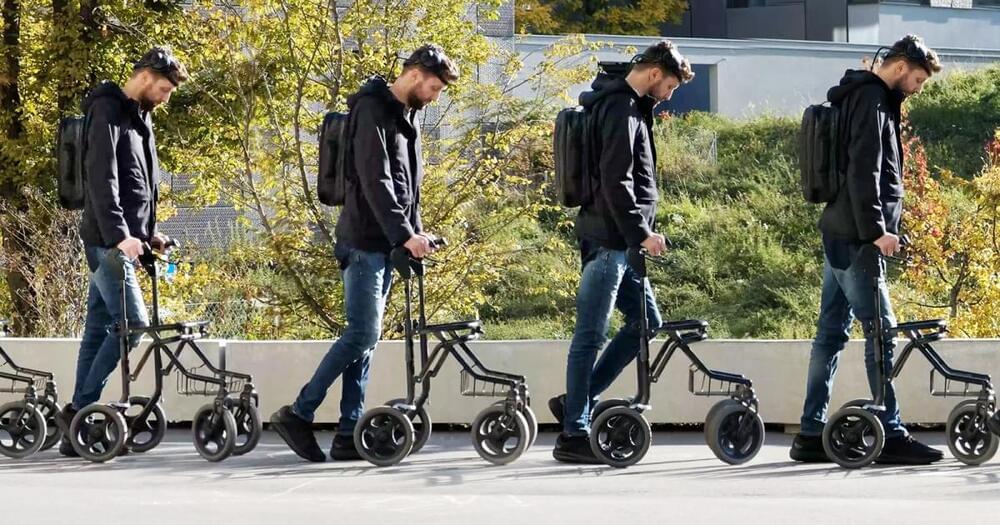
“For 12 years I’ve been trying to get back my feet. Now I have learned how to walk normal, natural.”
A paralyzed man is walking again thanks to a “digital bridge” researchers created between his brain and a spinal stimulator.
“For 12 years I’ve been trying to get back my feet,” the 40-year-old Dutch man, Gert-Jan Oskam, told reporters on May 23. “Now I have learned how to walk normal, natural.”
The patient: Oskam was living in China in 2011 when he sustained a spinal cord injury that left his legs paralyzed. About five years later, he had a spinal stimulator implanted below the site of his injury as part of a clinical trial in Switzerland.
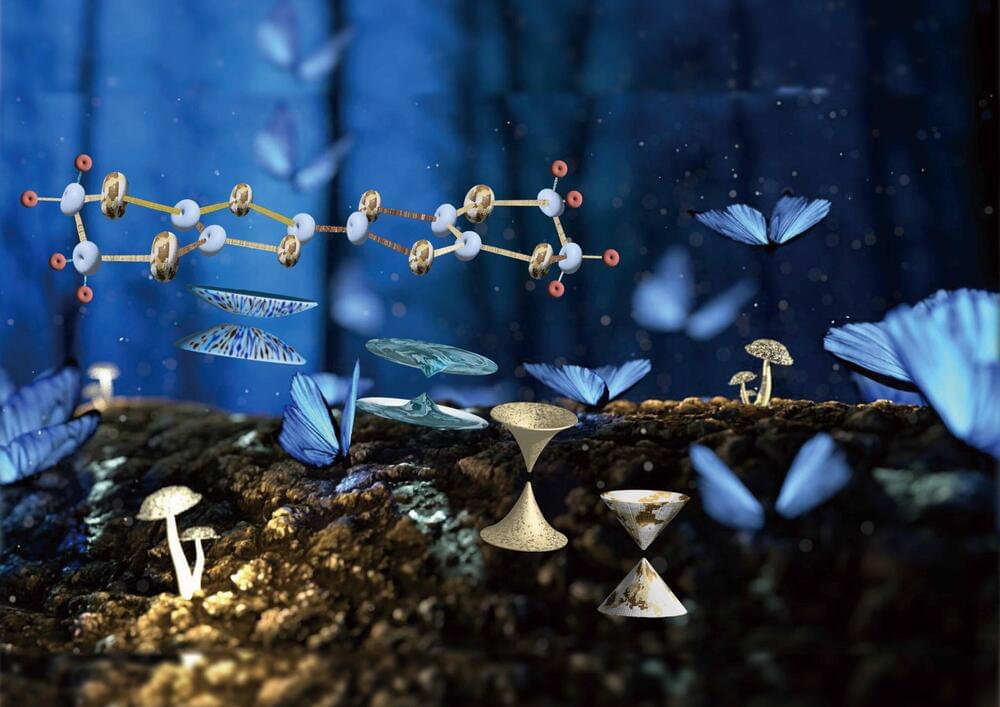
Because of their differences from standard electrons, Dirac electrons are expected to add unprecedented electronic properties to materials. For example, they could be applied to electronic devices to perform computation and communication with extraordinary efficiency and low energy consumption.
To develop such technology, scientists must first understand the net properties and effects of Dirac electrons. But they generally coexist with standard electrons in materials, which prevents unambiguous observation and measurement.
In a recent study published in Materials Advances, Ryuhei Naito and colleagues discovered a method enabling selective observation of the Dirac electrons in materials. Using electron spin resonance, to directly observe unpaired electrons in materials to distinguish differences in character, the research group established a method to determine their scope of action in the materials and their energies.

Electrical engineers at Duke University have determined the theoretical fundamental limit for how much electromagnetic energy a transparent material with a given thickness can absorb. The finding will help engineers optimize devices designed to block certain frequencies of radiation while allowing others to pass through, for applications such as stealth or wireless communications.
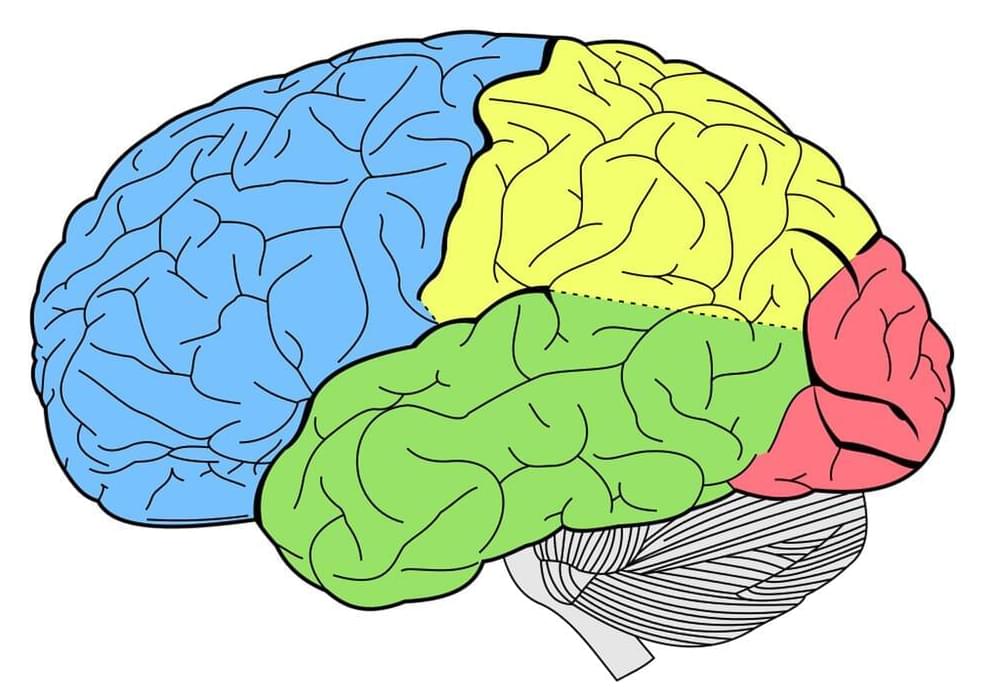
Globally, the number of people living with, or dying from, neurological conditions such as stroke, Alzheimer’s disease and other dementias, and meningitis has risen substantially over the past 30 years due to the growth and aging of the global population as well as increased exposure to environmental, metabolic, and lifestyle risk factors. In 2021, 3.4 billion people experienced a nervous system condition, according to a major new analysis from the Global Burden of Disease, Injuries, and Risk Factors Study (GBD) 2021, published in The Lancet Neurology.
The analysis suggests that worldwide, the overall amount of disability, illness, and premature death —a measurement known as disability-adjusted life years (DALYs)—caused by neurological conditions increased by 18% over the past 31 years, rising from around 375 million years of healthy life lost in 1990 to 443 million years in 2021.
The absolute number of DALYs is increasing in large part due to aging and growing populations worldwide.